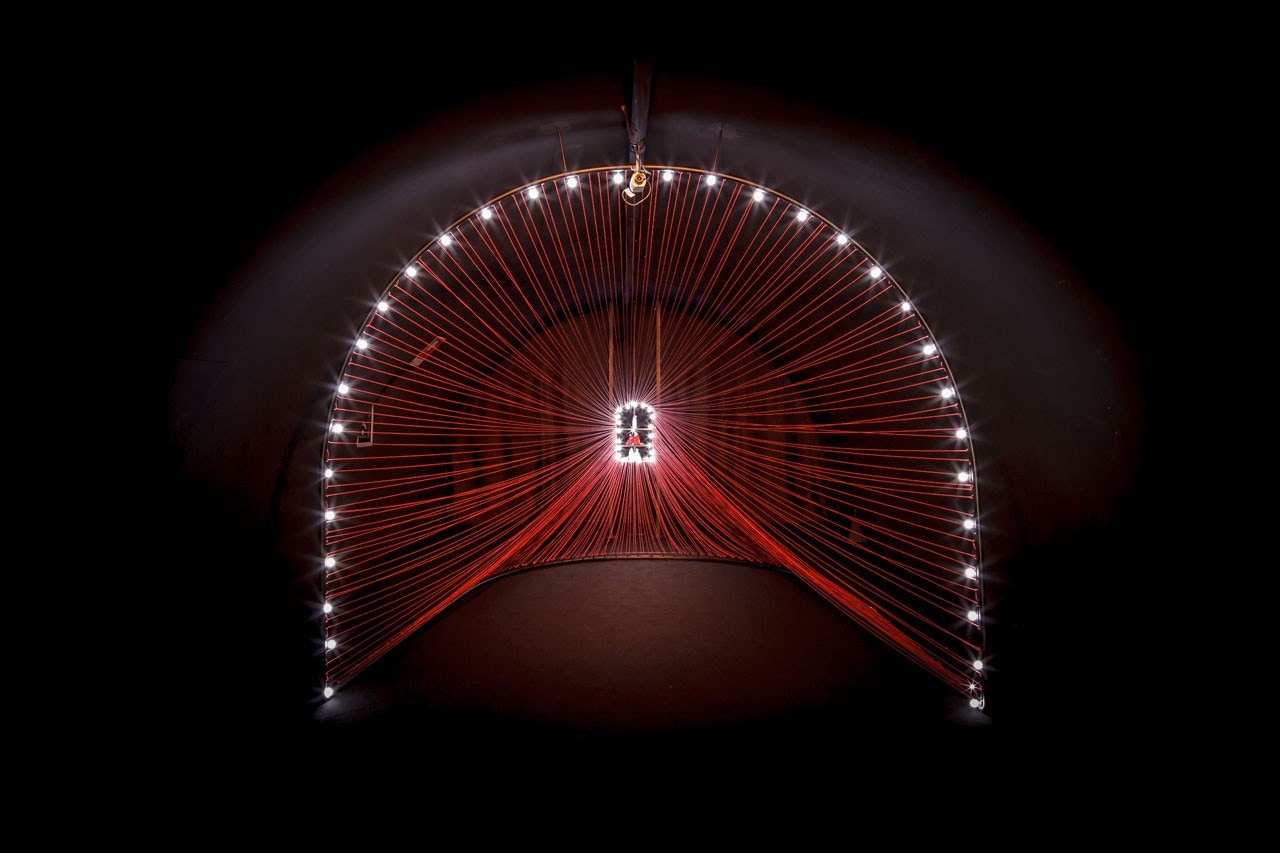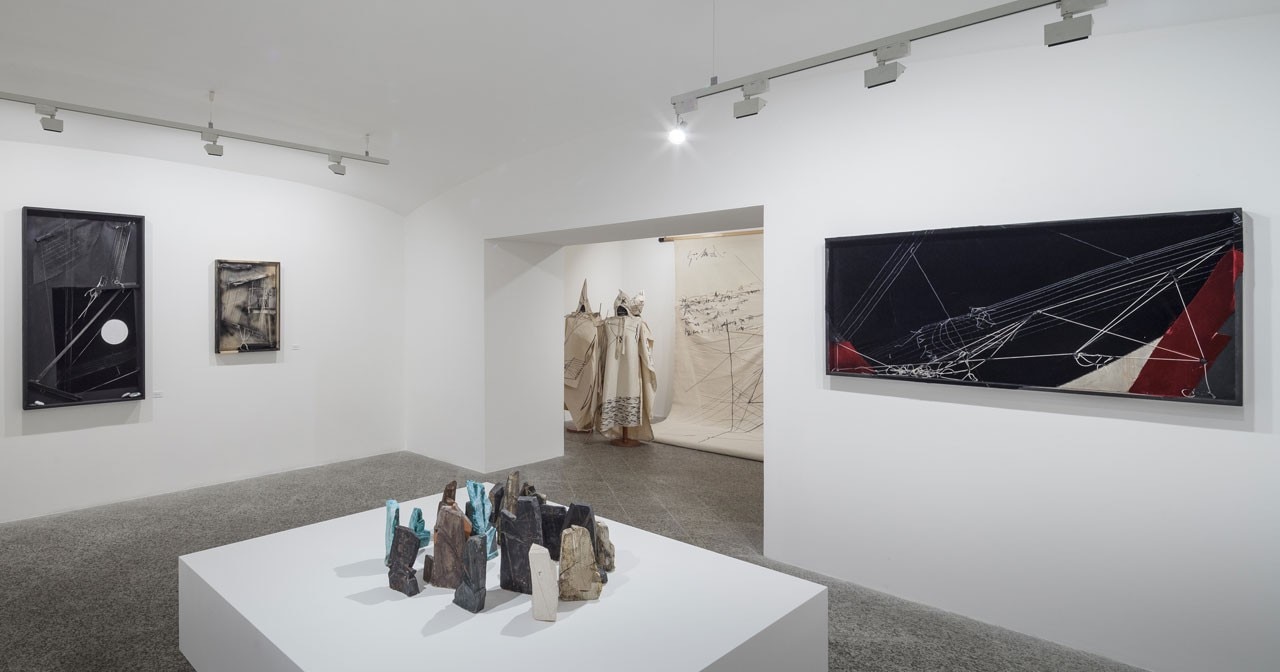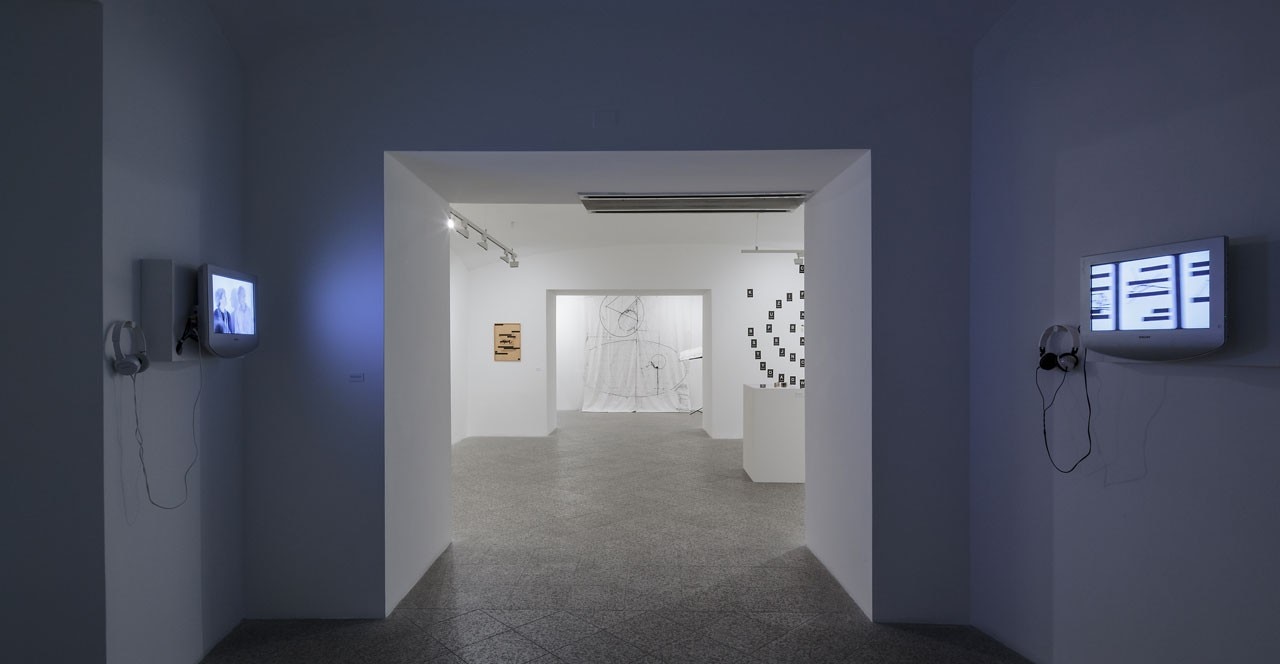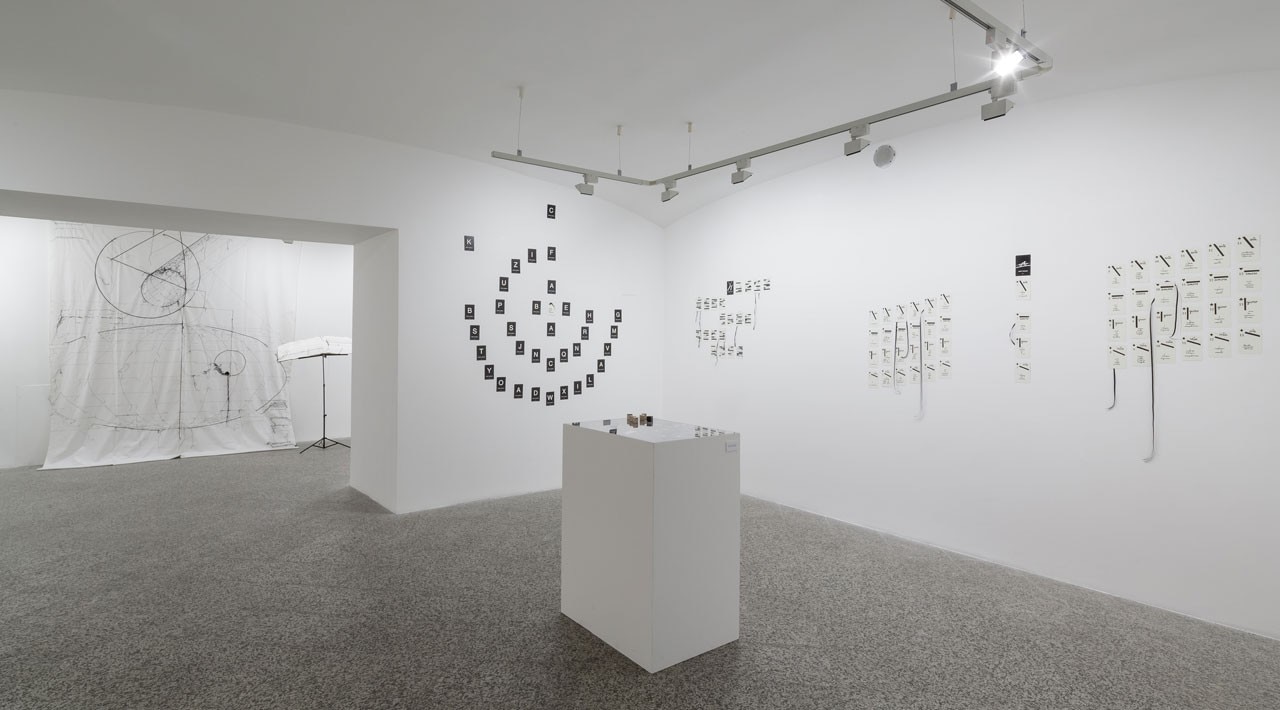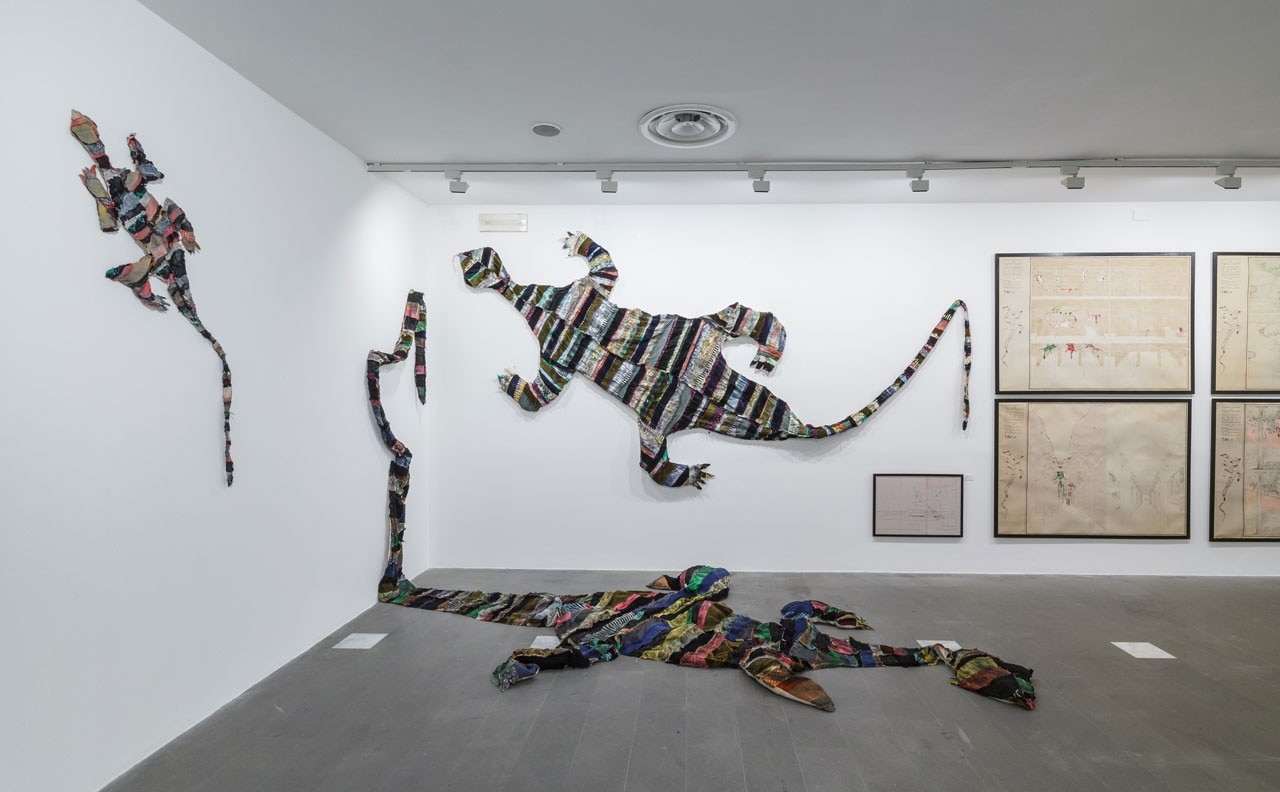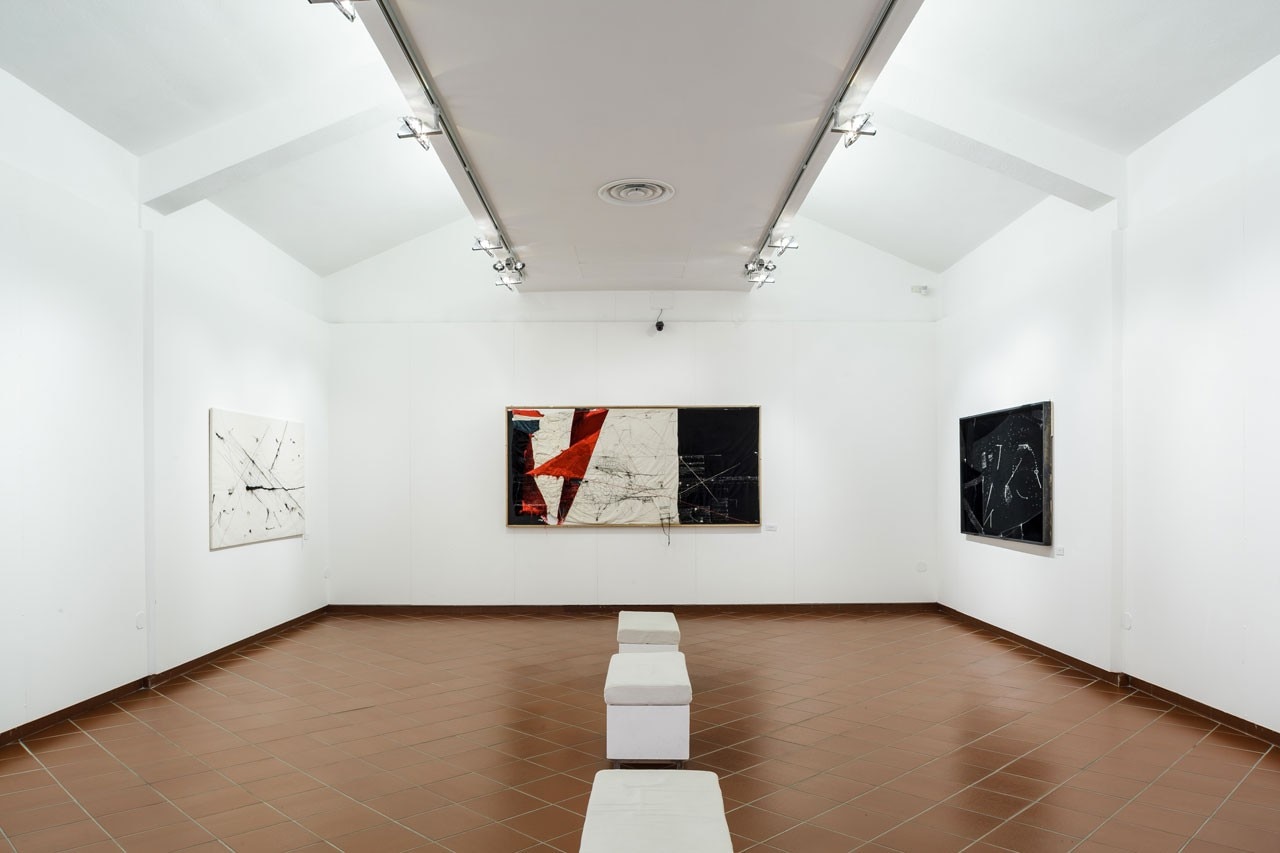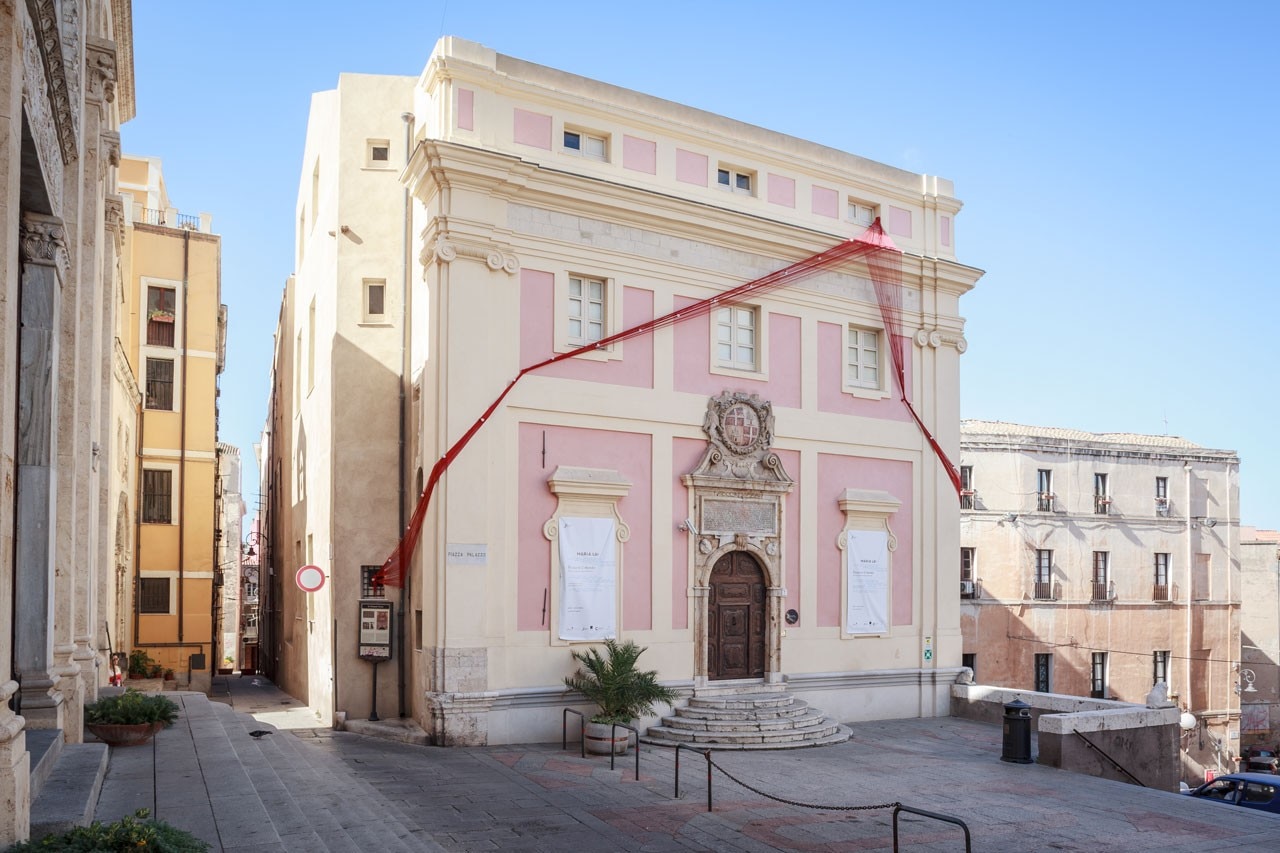
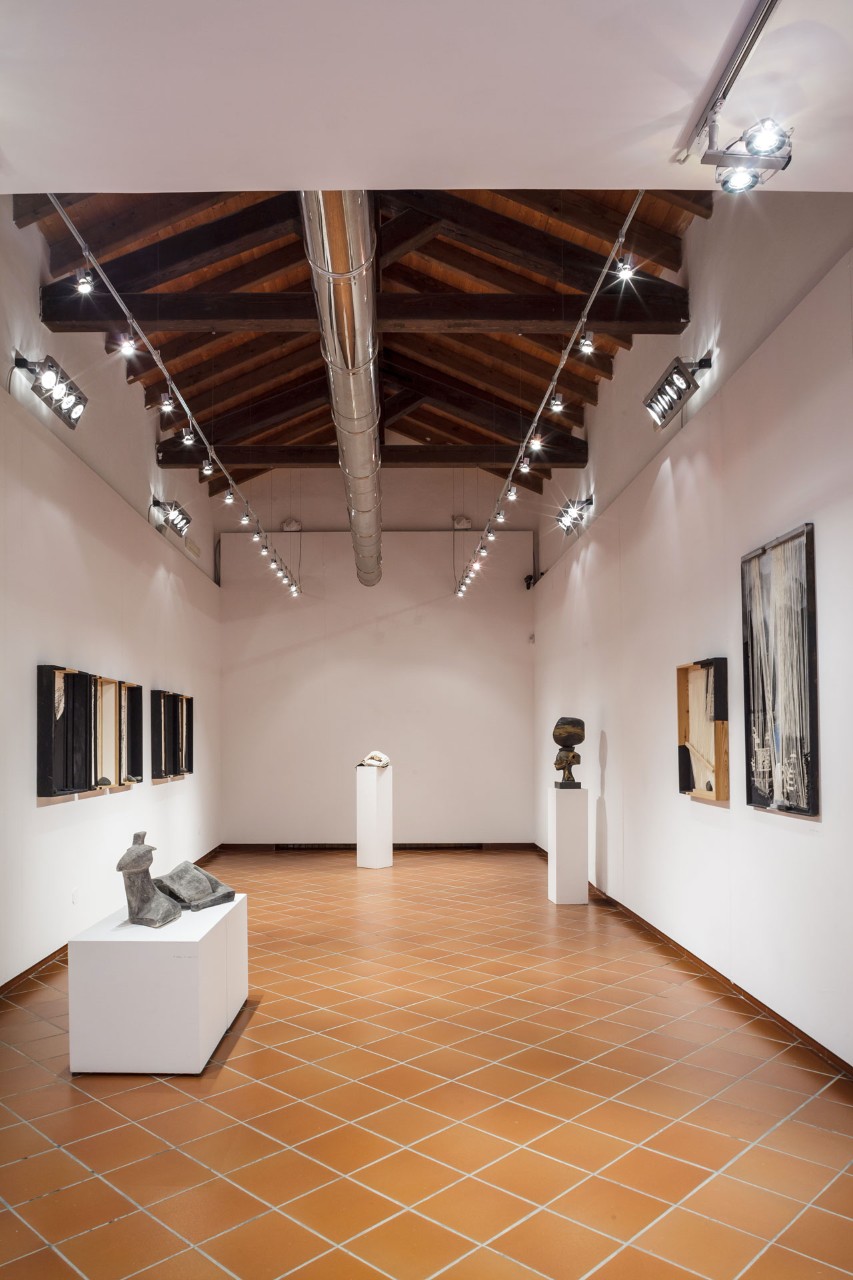
Maria Lai explained her ability to interpret her homeland without ever being local. Similarly, although her work places every object and gesture at the centre of a mesh of stories and relations, making everything more interesting, the anthropological dimension never smothers her poetic research.
Maria Lai was born in Ulassai, Ogliastra, in 1919. She spent serene early years there and that harsh but luminous landscape dotted with small remote villages clinging to windswept rock-faces was forever etched on her gaze. The same can be said of the activities she saw around her: primarily women’s domestic chores that aroused her curiosity and fuelled her imagination. Everything appeared full of meaning.
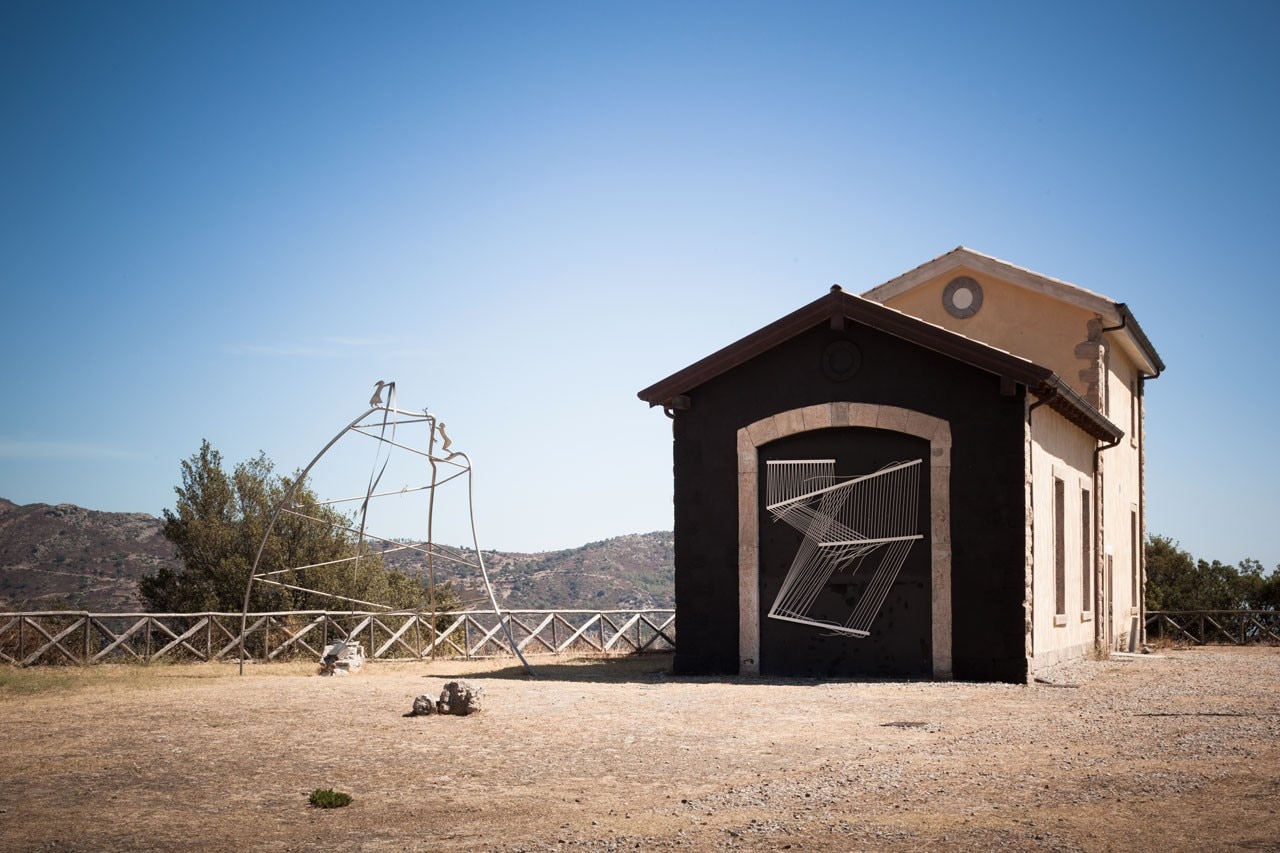
She herself told how it was the huge gorge overlooked by her town that fired her imagination as to what lay beyond; and that, on seeing her grandmother darning sheets for their home, she imagined she was writing fairytales to tell her grandchildren. This quest for meaning and to see further generated new spaces and visions, and always formed the core of her work, which ranges from the early drawings, mostly pen or pencil portraits of relatives and friends, to the temperas portraying women at work with just a few concise lines and the paintings in which houses, shepherds and flocks of sheep coalesce with a barren landscape.
These were followed by works in which Maria Lai employed a variety of materials, from yarn to slate, or shaped terracotta as if bread. Numerous works were inspired by weaving, adopting both its expressive gestures and its inner meaning – that of linking past and present, tradition and innovation, history and myth, craft and concept. There were also many books: mostly sewn but fashioned out of every imaginable material, from paper to bread, ceramic and fabric. Lai combined images with asemic writing that conveys emotions and impressions.
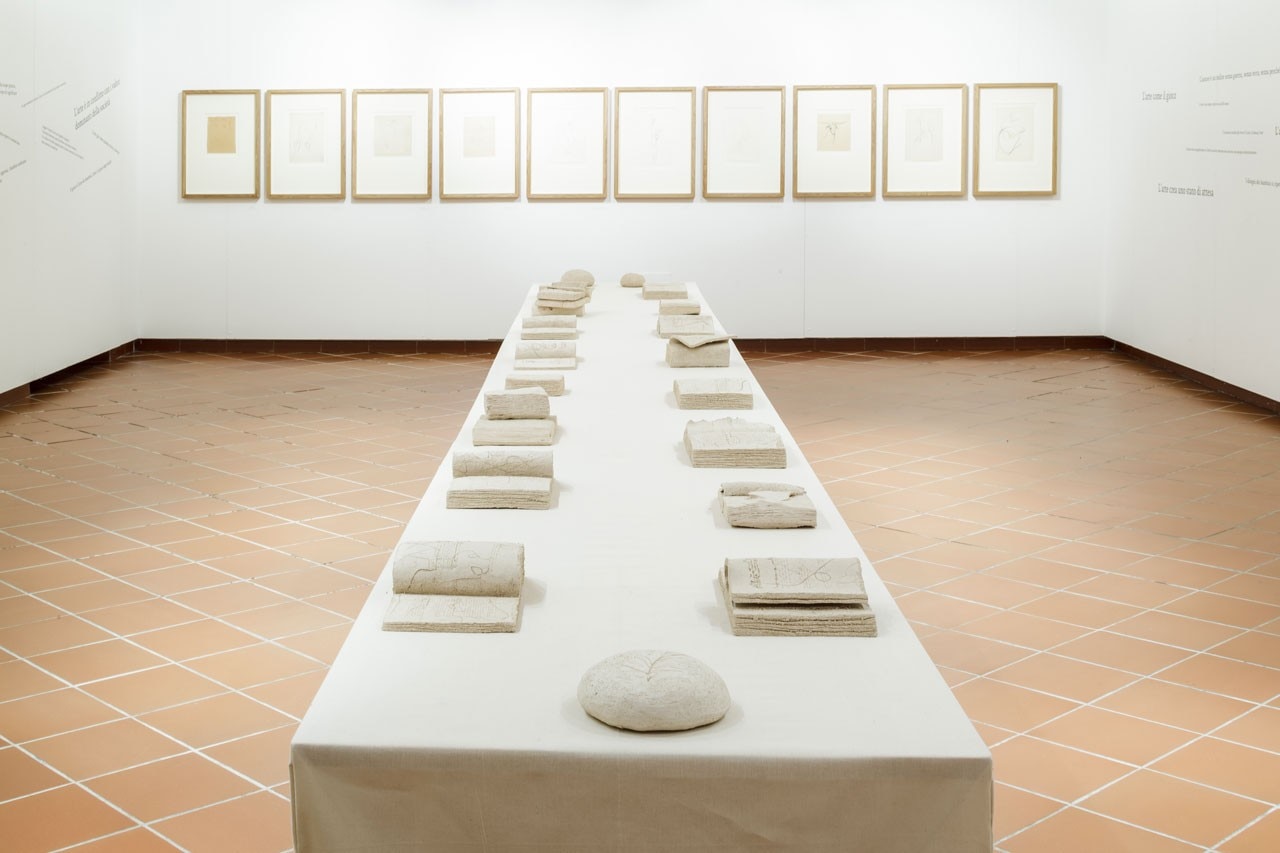
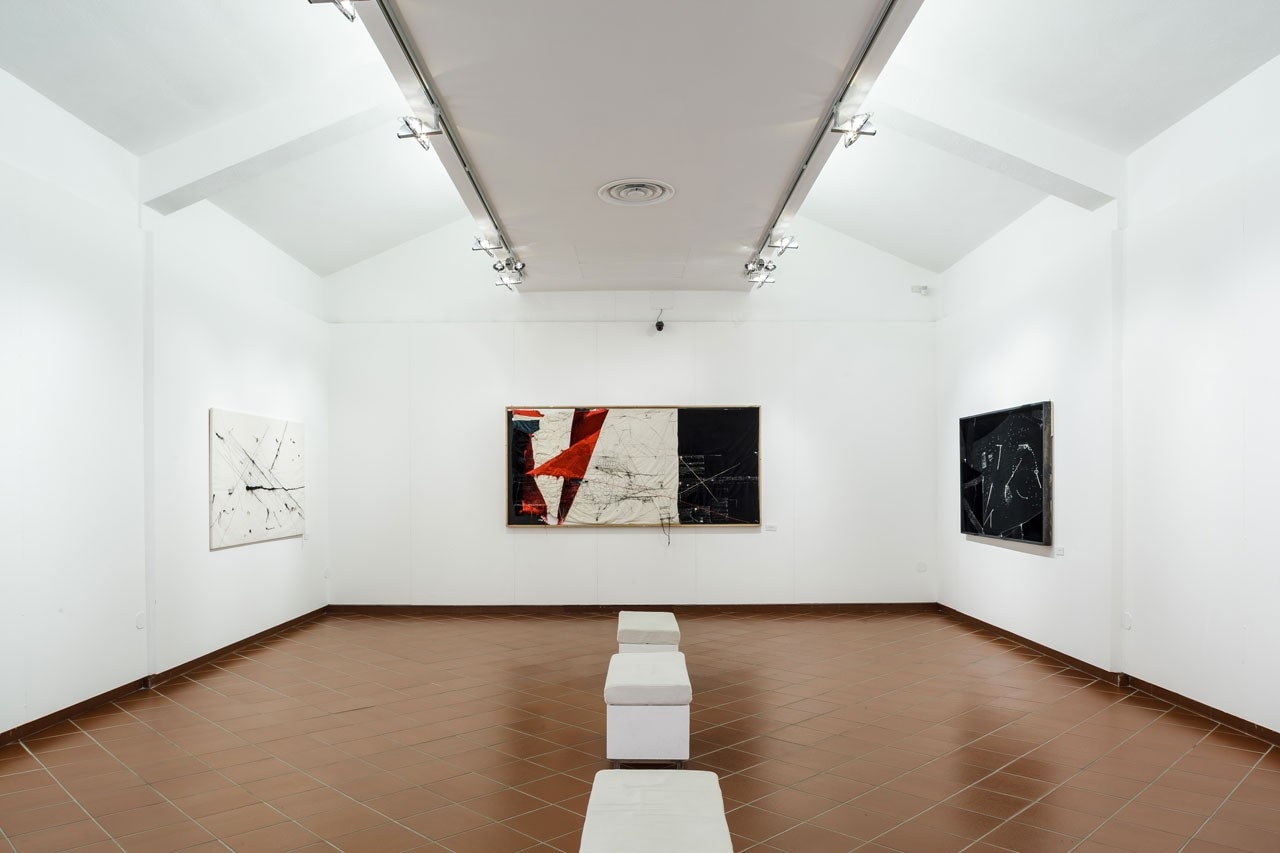
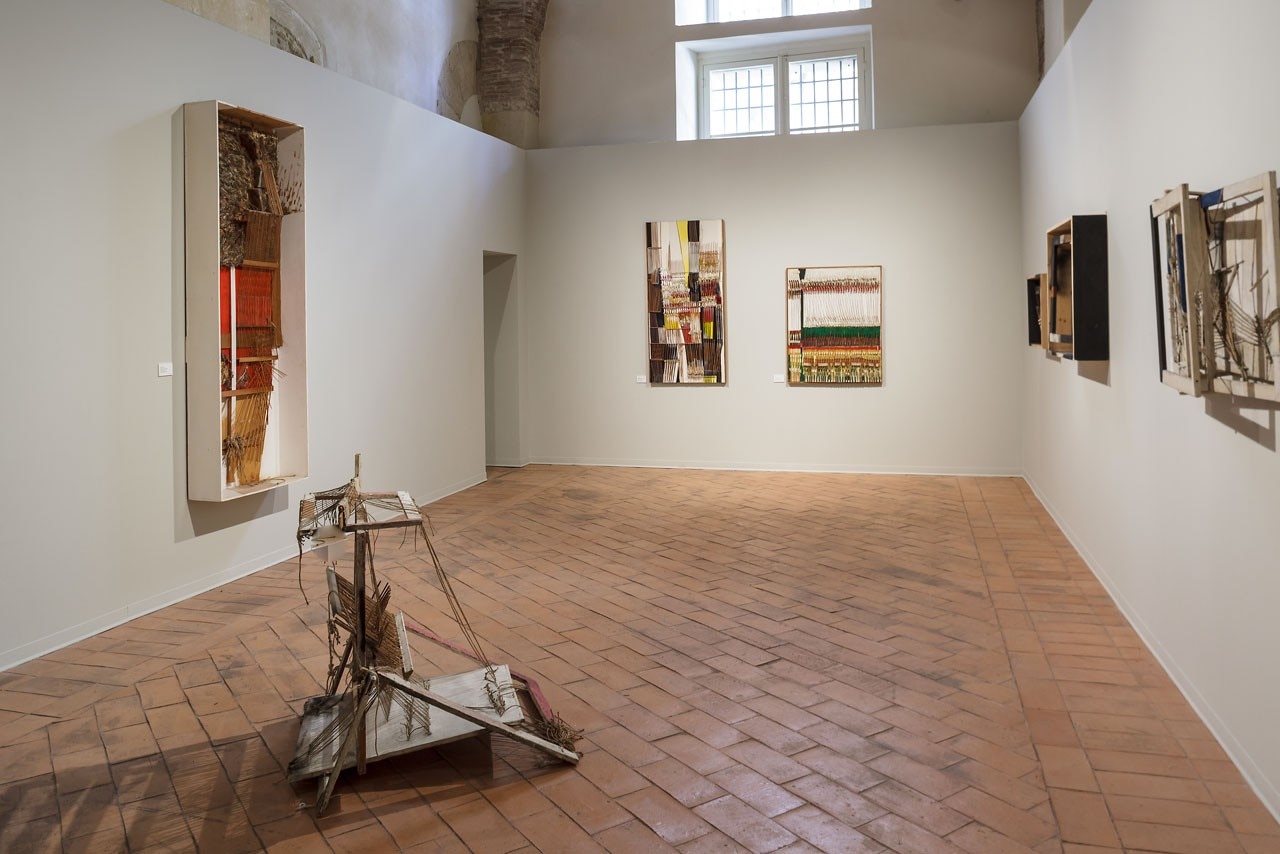
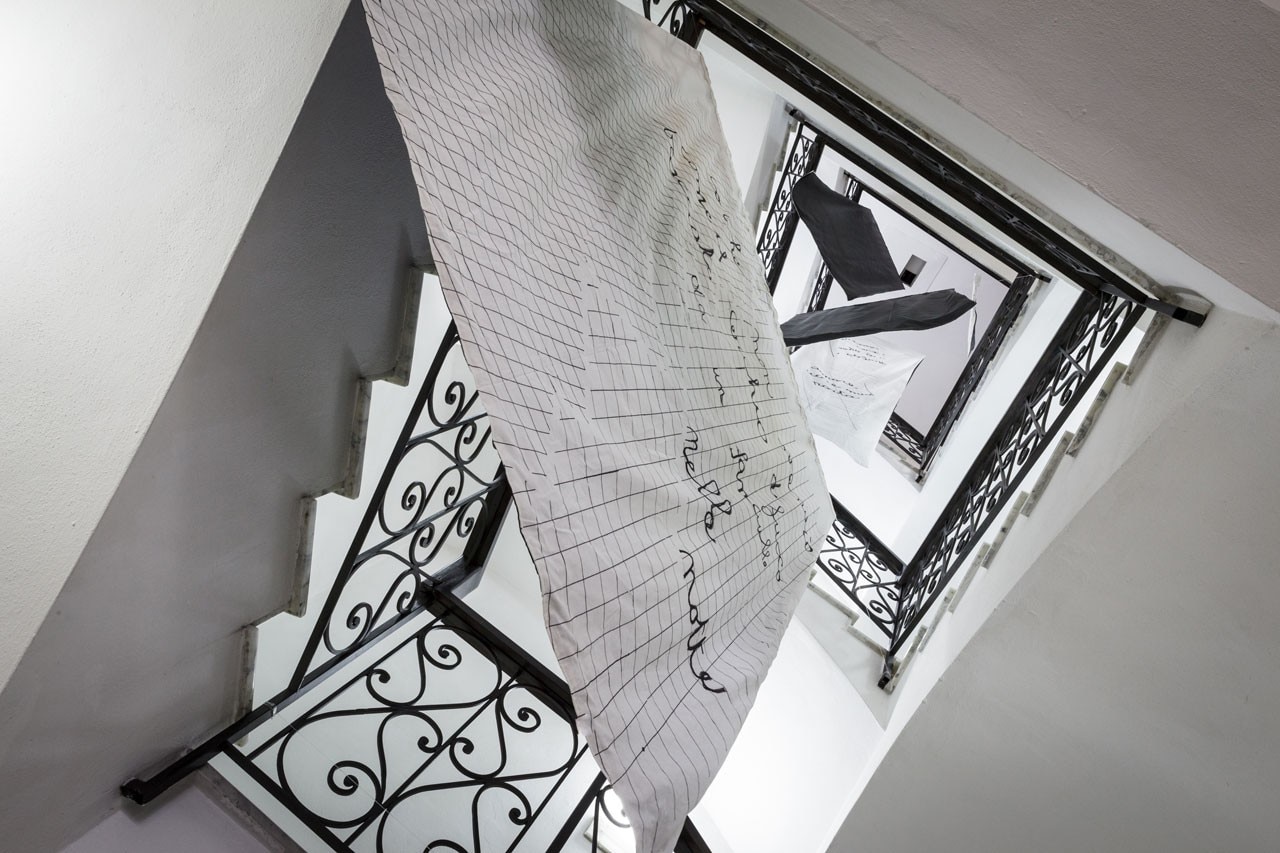
Meanwhile, after Legarsi alla montagna, Maria Lai continued to work in Ulassai producing still visible site-specific projects, including La strada del rito (The Street of Ritual - 1992), Le capre cucite (The Sewn Goats, 1992), La scarpata (The Escarpment - 1993) and the restoration of the old wash-house, in which she involved other artists such as Nivòla, Strazza and Veronesi.
Finally, it was also in her hometown that the artist opened the Stazione dell’Arte, in 2006. The small building - overlooking the gorge and always exposed to a reinvigorating wind – was the town’s railway station until the 1950s. By converting it to an art space containing the approximately 150 works left to Ulassai by the artist and a venue for other exhibitions and initiatives, Maria Lai embraced its role of propulsion and as a crossroads: yet again, art served to weave worlds and then implant new ideas in them.
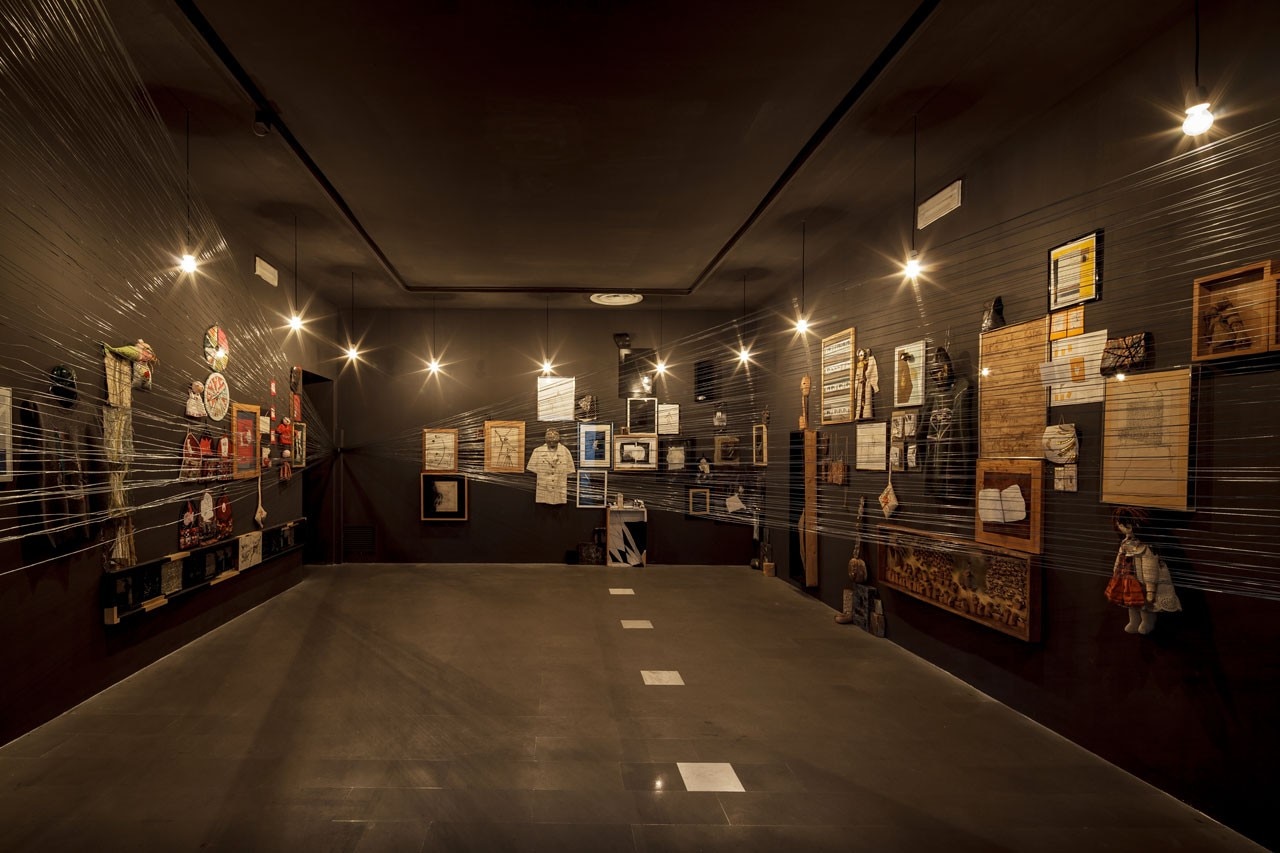
Maria Lai. Ricucire il mondo
With a special project by Claudia Losi and Antonio Marras
Until 12 October 2014
Museo MAN
via S. Satta 27 , Nuoro
Until 2 November 2014
Palazzo di città
Piazza Palazzo 6, Cagliari
Stazione dell’arte
Strada Provinciale 11, Ulassai


